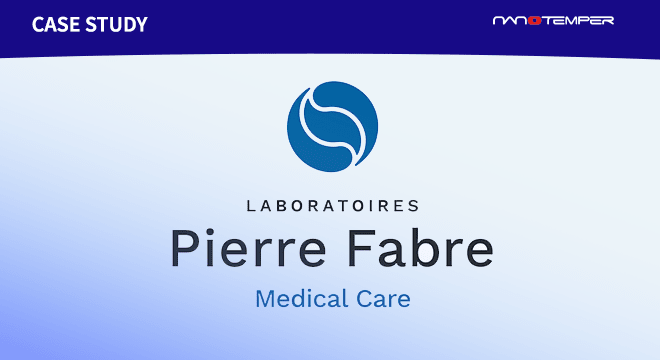Among the most common critical quality attributes (CQAs) for early developability assessment is thermal stability. One particular tool for assessing thermal stability with high resolution is nano-differential scanning fluorimetry (nanoDSF), which derives the parameters Tm and Ton from the intrinsic fluorescence of your protein-based therapeutics.
nanoDSF requires low sample volumes and concentrations, which makes it a great first-pass selection technique when you have lots of candidates or buffer conditions to screen. It also provides the highest data quality, so you can see the differences between candidates with unprecedented precision.
Read this mini-guide to learn:
-
How nanoDSF uses your protein’s intrinsic fluorescence to determine its melting temperature, Tm and onset of melting, Ton
-
Why high-resolution unfolding data is critical for obtaining stability information about your mAbs
-
What some real-life examples of nanoDSF data look like, and what to look for in your own samples
To learn more about how Prometheus Panta gives you the highest quality data for your biologics decision-making, check out this Application note.


















